Description
Qu’est-ce que le Sencha?
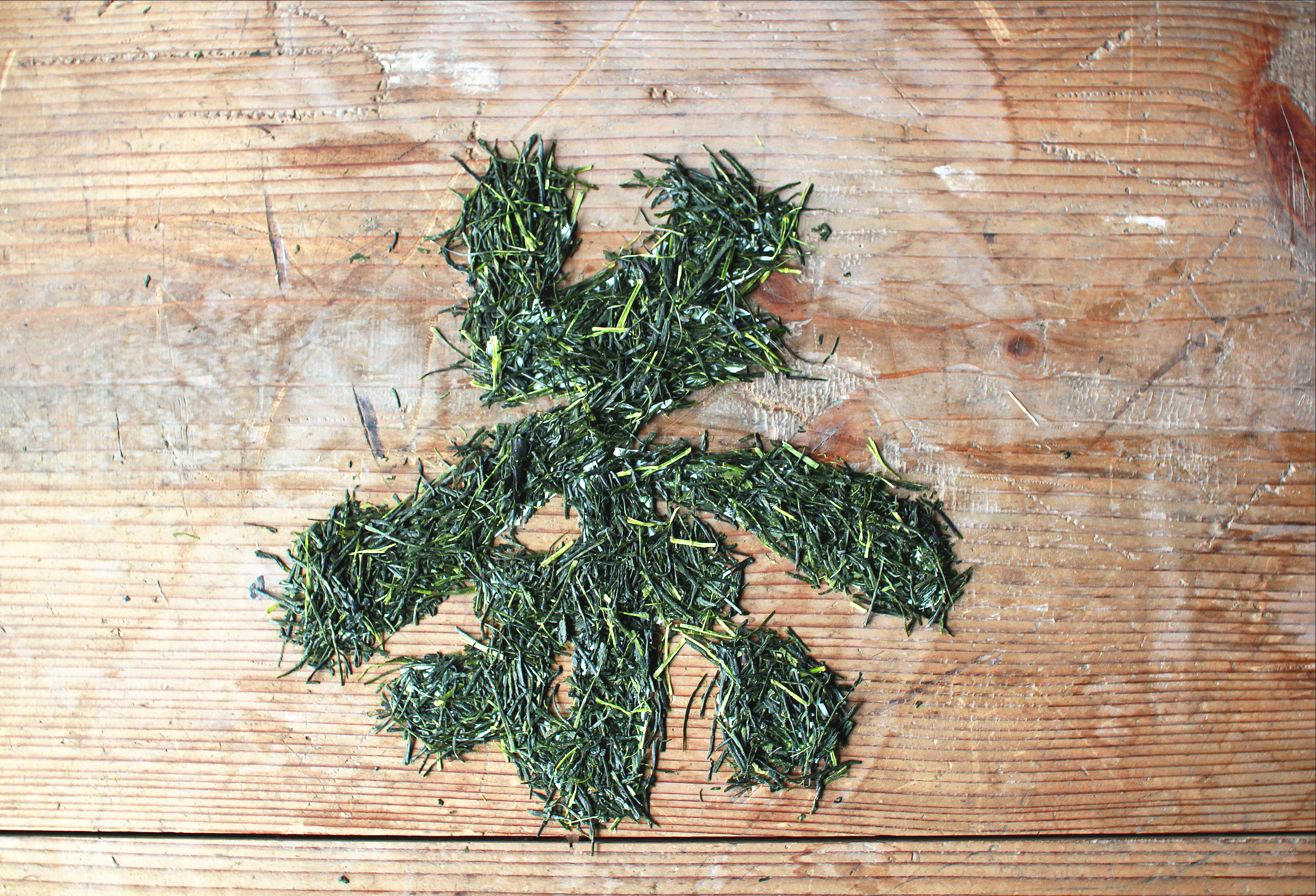
Le Sencha (煎茶), ou littéralement «thé infusé», fût inventé en 1835 et est aujourd’hui le type de thé le plus courant et populaire au Japon. Représentant plus de 80% de tout le thé vert du pays, il est unique par sa couleur émeraude distinctive et son goût végétal herbacé.
Après la récolte, les feuilles de thé sont immédiatement passées à la vapeur afin de stopper le processus d’oxydation. Cette étape cruciale permet de préserver tous les arômes frais et printaniers de la feuille, faisant du Sencha le thé symbole de printemps par excellence pour les Japonais. Les feuilles subissent ensuite tout un processus de roulages et de séchage, pour résulter en un magnifique thé de fines aiguilles.
Le Kabuse Sencha (かぶせ煎茶 – littéralement « Sencha couvert ») ou Sencha ombré, est un type de Sencha de qualité premium riche en Umami, le plus souvent infusé à basse température, aux alentours de 60 degrés.
Le Kabuse Sencha se cultive, comme son nom l’indique, couvert. Sitôt que les jeunes bourgeons pointent le bout de leur nez, les théiers sont recouverts de bâches noires en nilon pendant environ 3 semaines, réduisant jusqu’à 85% leur exposition à la lumière du soleil. Ce procédé a pour but de limiter le processus de photosynthèse à l’intérieur des feuilles et ainsi d’y préserver une importante quantité d’acides aminés, éléments chimiques responsables de la saveur douce et umami du thé.
Dû au manque de lumière, les feuilles développent également une quantité importante de chlorophylle, d’où la couleur souvent verte très foncée des thés ombrés.
Profil de l’agriculteur
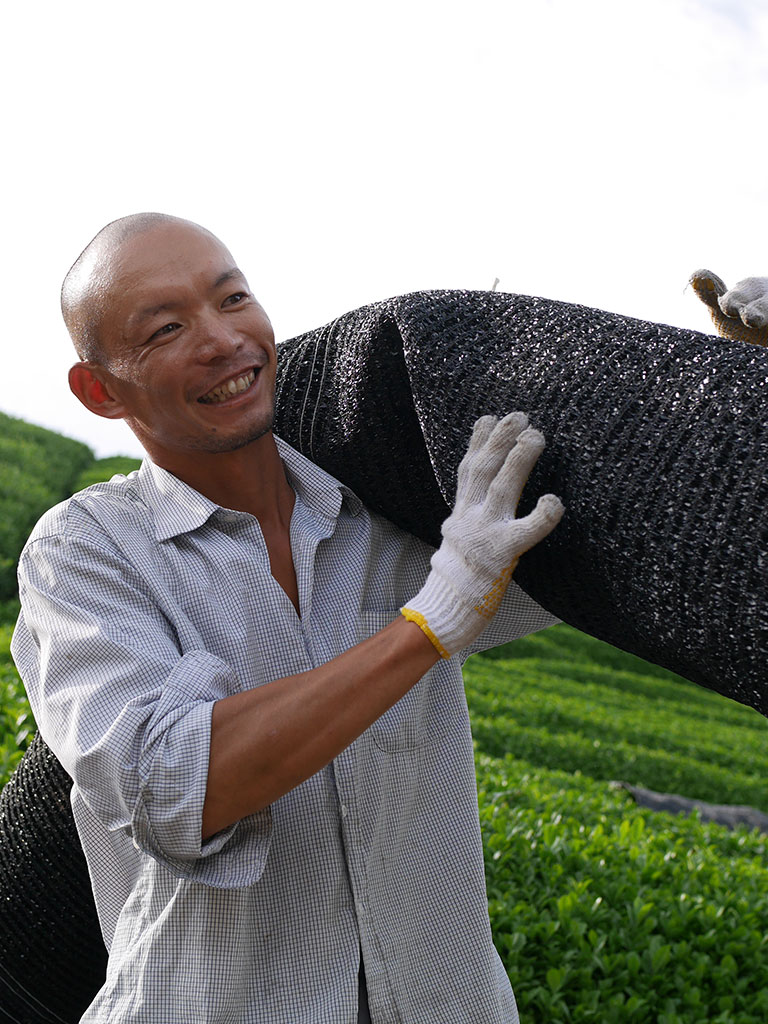
Akihiro Kita dit « Akky » est le président et l’exploitant agricole principal d’Obubu Tea Farm.
La création d’Obubu Tea est à l’origine de son désir de rendre le thé japonais accessible à tous !
Lors de ses années à l’université, Akky s’est fait engager en tant qu’employé saisonnier dans le village de thé de Wazuka et … ce fût le coup de foudre!
Il prit alors la décision de quitter l’université pour consacrer tout son temps à maitriser l’art de la culture du thé en devenant lui-même producteur.
Prenant conscience de l’envie et du besoin des agriculteurs indépendants tel que lui de partager la joie que procure une simple tasse de thé, il voyage depuis tous les ans durant la période hivernale pour diffuser sa passion pour le thé japonais avec des gens du monde entier.
Méthode de fabrication et guide d’infusion


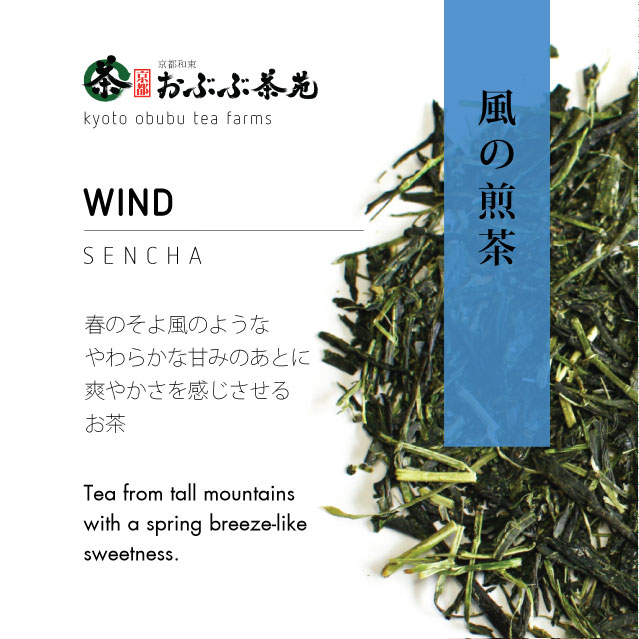

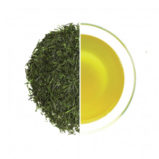
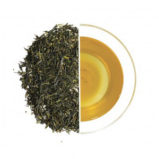
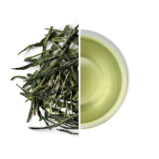
Wes –
This is a really nice tasting sencha. I am actually surprised at how strong the umami flavor notes are. The aroma has quite a strong grassiness, so I expected something a bit sharper and more astringent, but the flavor is quite the opposite – rich and sweet, with just the right potency. Overall, an excellent sencha that I would definitely consider reordering.
Footnote: I brewed at 170F for around 50 seconds, and this produced a brew quite to my liking.
Obubu Tea –
Reviews by tea professionals and enthusiasts:
« he flavor of this tea was very sweet and grassy. The tea had a thickness to it, but it didn’t feel heavy if that makes any sense. The leaves also just kept on giving. I got five steeps and feel like I could’ve gotten at least one more decent one if I wanted to. At the third steep, the grassiness died off a bit, replaced by a sweet green floral flavor. This is what kept it going for me, that flavor was awesome and didn’t feel like it was about to give out at any point », – Matu, 2016
« Multiple infusions provided a milder yet pleasantly refreshing flavor and aroma. Extending the steeping time slightly brought out more character without a noticeable increase in astringency. The finish after each infusion was refreshing and clean »- Heather Porter, 2016
« The leaf are long thin delicate emerald shards. They carry a sweet and inviting scent of warm grass, seaweed, and a creamy undertone, I dusted off my kyusu and prepared for brewing. I made mine thick, so I can pull more sweetness out. The brew was slightly clouded, but I bright pale jade. The taste is sweet with a lemon finish. The aftertaste presents thick umami which wipes away the citrus tone. I can catch some bitterness and harsh veggies within the body »- Haveteawilltravel, 2016
« I love this sencha, the leaves are big and not much broken, of an intense green, the smell is grassy and fresh. I start with a 50-60 degrees infusion (1 min, 1 heaped teaspoon, 100 ml)to fully enjoy the sweetness and freshness and then increase time and warmth going on, holds a 4th infusion at 80 degrees where you can enjoy the complex umami. should be steeped with purpose until someone finds what works best for them, it’s a really great sencha, but still easy to drink » – Claudia, 2016
« The tea liquor is light and definitely on the sweeter side, with notes of spinach and peas. There is only a very slight palate cleansing finish in the astringency. There’s something about the flavor in this that’s really nice and delicate, but not too light on impact » – TeaBrat, 2014
“The taste had notes of sweet hay, fresh cut grass, and a moderate astringency. The aftertaste was sweet hay, with a lingering flowery essence left on the breath.” – by Tea Journey Man, 2013
“THIS is what I picture when I think of green tea. It was perfect. It was all there, the grassy flavor, the faint fruit aroma, tinge of bitterness, followed by a hint of sweetness. Sencha of the Wind was unlike a lot of green teas that I have had, with full body but still clean and refreshing.” – by Elonwy, 2013
“Another fantastic Sencha from Obubu. So smooth, sweet and with a lovely fruit note that hits the palate toward the end of the sip. Beautiful.”- by LiberTEAS, 2012
“This is one of the softest Sencha teas I think I’ve ever encountered. It is like a bit of fresh air – which seems right considering the name of the tea. The flavor of this tea is very delicate yet refreshing. There is so very little vegetal/grassy taste to this Sencha. It has no bitterness to speak of. It is sweet and possesses a very interesting fruit-like note that hits the palate towards the end of the sip. It tastes smooth and clean, with a pleasant crispness to it. It tastes like the early days of spring to me.” – by Sorori Tea Sisters, 2011
“Sencha of the Wind had a gyokuro-like softness. I can recommend it to anyone who is looking for quality.”- by Teateka, 2011 (translated from Hungarian)
“I don’t know how the name of the tea initially came from but all in all the drinking experience was exactly like breeze of the wind in the spring, sweet, gentle, smooth and pleasant.”- by Tea Emperor, 2010
“The tea brews to a pale yellow color and is remarkably sweet and smooth. I detected no bitterness and not much of an overly spinachy flavor. The tea has a savory/broth-like quality to it, but avoids being aggressively vegetal. This is a calmer, milder Sencha than I am used to, and one that I really appreciated. On several occasions as I was drinking this tea, I caught myself saying “yum” alound.”- by Vanessa, 2009
adamvanscooter (verified owner) –
This tea is one of the best I’ve ever tried; smooth with a surprising sweetness.